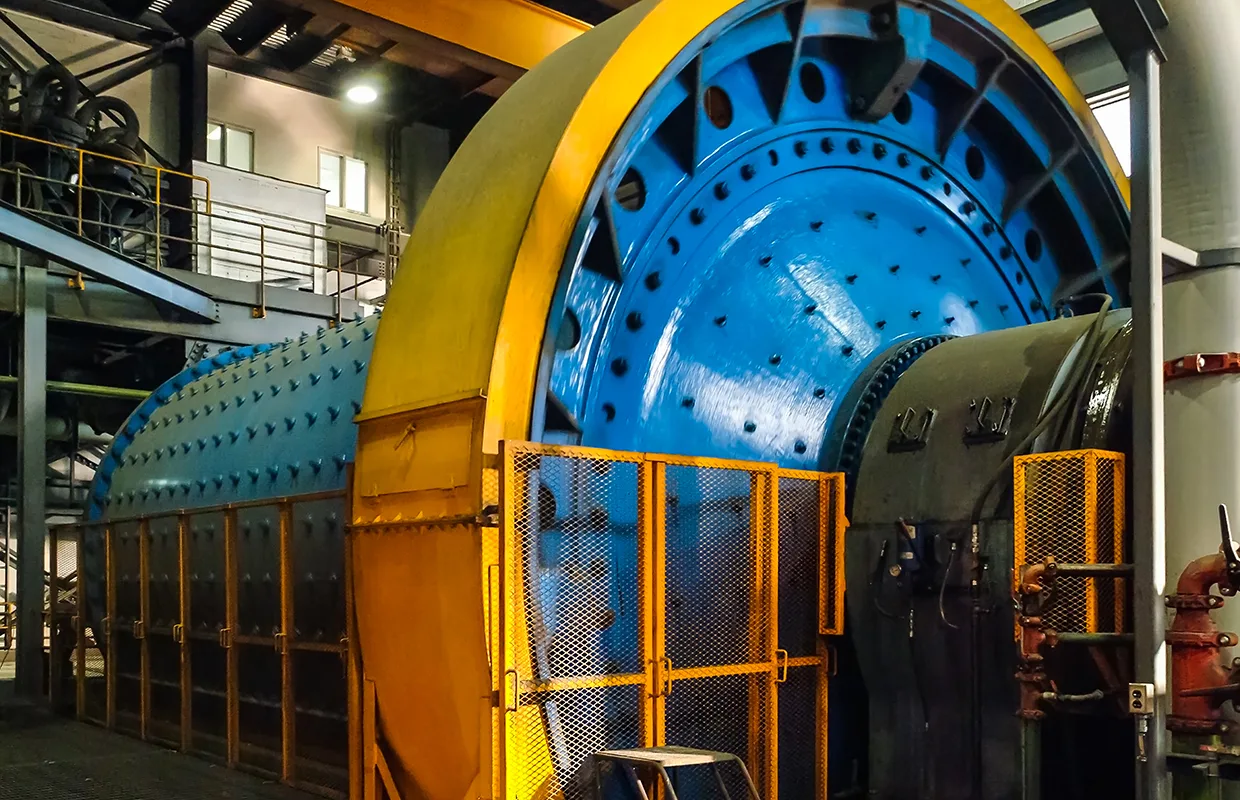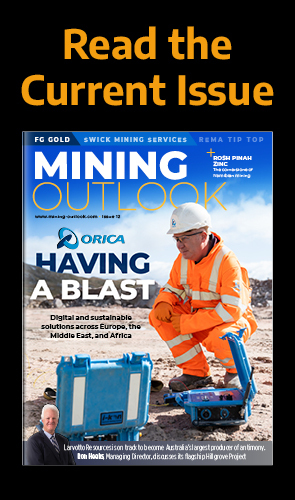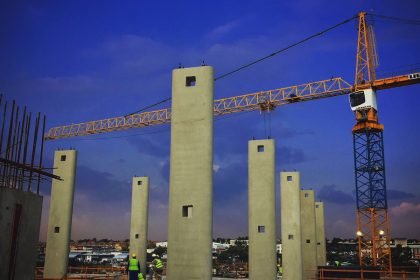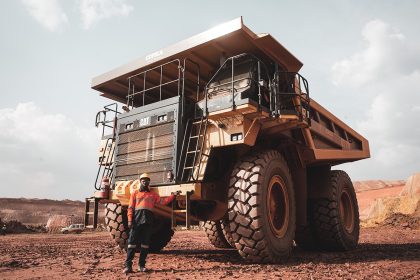Warren Smith, Global Mining Market Director for John Crane, highlights how next-generation smarter seals are key to conserving water and ushering in a new era of eco-friendly mining.
HOW ADVANCED TECHNOLOGIES ARE DRIVING SUSTAINABLE MINING
The mining industry stands at a crossroads. As climate change accelerates and sustainability mandates tighten, miners face mounting pressure to decarbonise, conserve water, and boost operational resilience. Meanwhile, extreme weather events are now routine, disrupting operations and making resilience a necessity.
Yet, whilst much attention is given to large-scale digitalisation and automation projects, it’s often the overlooked technologies, such as advanced sealing systems, that quietly deliver some of the most significant gains.
HIDDEN POWER OF MECHANICAL SEALS
Mining operations rely heavily on rotating equipment, and seals are critical to keeping this equipment running smoothly.
However, seal packing systems and mechanical seals are also a leading cause of slurry pump failures, especially under the punishing conditions of modern mining; high temperatures accelerate wear, whilst freezing conditions cause brittleness and inefficiency.
When seals fail, the consequences are costly. In fact, a single failed seal can stop ore processing for eight to 24 hours, resulting in lost productivity and expensive repairs. Over the past five years, such failures have cost mining firms USD$67 billion.
Mechanical seals, however, have evolved dramatically to tackle these challenges. Innovations such as spiral groove technology, diamond-coated faces, and Internet of Things (IoT)-enabled predictive maintenance now offer a low-barrier, high-impact upgrade for mines seeking to reduce emissions and water use.
According to McKinsey & Company, leading mining operations have cut unit costs by three to six percent annually and increased production by up to 40 percent through operational excellence and equipment reliability. As such, upgrading to modern mechanical seals is one of the most simple, energy-efficient steps a mine can take.

ENGINEERING FOR EFFICIENCY AND SUSTAINABILITY
Modern mechanical seals are the result of years of technical refinement, precision engineering, and rigorous testing.
Regulatory pressure has been a key driver, with the US’ Clean Air Act and European Union’s Industrial Emissions Directive forcing the adoption of dual seals and gas-lubricated designs to reduce fluid leakage. In arid mining regions, meanwhile, water regulations have spurred the development of closed-loop seal systems that dramatically reduce water loss compared to traditional gland packing.
Other recent innovations include abrasion-resistant materials such as duplex steel and nickel-chrome, alongside laser-etched grooves for optimal lubrication and nanocrystalline diamond coatings for extreme durability.
These developments allow seals to withstand the harshest slurries and climates, making them a strategic enabler of sustainable mining.
REDUCING WATER CONSUMPTION AND SLASHING DOWNTIME
Consider a copper mine in Southern Peru, operating in a water-scarce region and facing the challenge of balancing the water-intensive demands of copper extraction with the need to conserve water for local communities.
Traditional gland packing systems typically consume about 68 litres per minute (lpm) just for cooling and lubrication. This is an unsustainable figure, especially in regions such as Salar de Atacama in Chile where mining has already consumed over 65 percent of local water supplies.
By switching to advanced mechanical slurry seals, featuring diamond-coated faces, mines are able to run a fully dry operation, eliminating the need for external cooling water. This demonstrates how mechanical seals – once considered unsuitable for mining – are now critical to sustainable operations, offering a practical, immediate step towards decarbonisation.
SMARTER, LEANER MINING
In Queensland’s Bowen Basin, one of Australia’s most productive coal regions, a major coal mine faced high temperatures, abrasive slurries, and mounting pressure to reduce water usage. The site’s slurry transport system, operating with multiple pumps in a three-stage configuration, handled high solids content at significant pressures and temperatures of over 30 degrees Celsius – conditions that pushed traditional seals to their limits.
By installing mechanical seals designed for high-performance slurry applications and supported by a low-pressure water line, the site significantly reduced its water consumption and simplified piping. Water consumption dropped to just 6.3 litres per day, a remarkably low figure for such harsh conditions.
With each seal expected to last 12–18 months, downtime and maintenance have plummeted, translating directly into cost savings and operational predictability. In similar applications, mining operations have reported water savings of up to 120 lpm per pump, enabling leaner, more efficient mining.
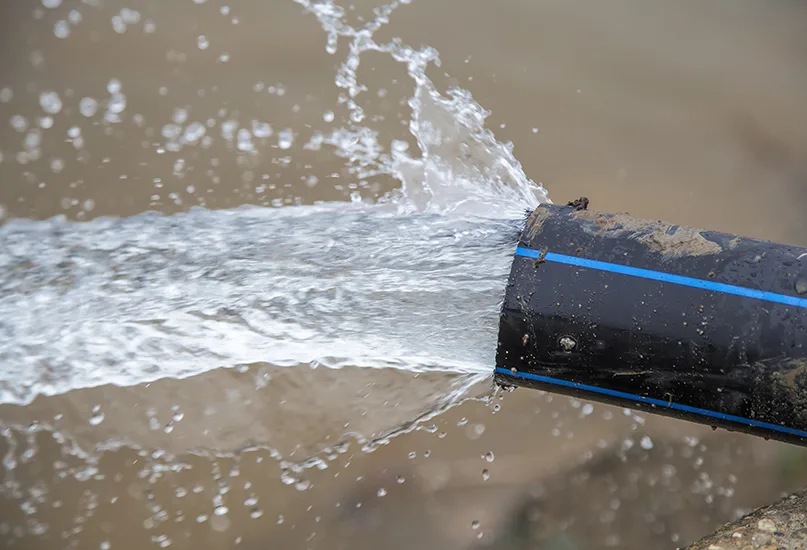
THE SMARTER SEAL
Mechanical seals are now at the forefront of mining’s digital transformation. By integrating IoT sensors – either built-in or retrofitted to pumps – seals become active sources of operational insight.
Operators can monitor pressure, temperature, and vibration in real time, feeding data into central analytics platforms for smarter, condition-based maintenance.
This is crucial, as more than 80 percent of mines lack systems to accurately quantify downtime costs, often due to poor operational visibility. Embedding sensors directly into dry gas seals provides real-time health data and enables proactive maintenance. This approach helps identify potential failures before they become critical, reducing unplanned downtime and extending equipment life.
The benefits are tangible – predictive maintenance can extend seal uptime beyond the typical 12 to 18 months, reduce manual intervention, and give operators greater control over performance.
SMALL CHANGES, BIG IMPACT
The path to decarbonised, climate-resilient mining doesn’t always require sweeping, expensive overhauls. Sometimes, it starts with rethinking the fundamentals.
Advanced mechanical seals, which are engineered for durability, efficiency, and digital integration, offer a practical, immediate way to cut emissions, save water, and build resilience.
For mining operators, every litre of water saved and every hour of uptime gained counts. In a sector under pressure to do more with less, smarter sealing is proving to be a powerful enabler of sustainable progress.



